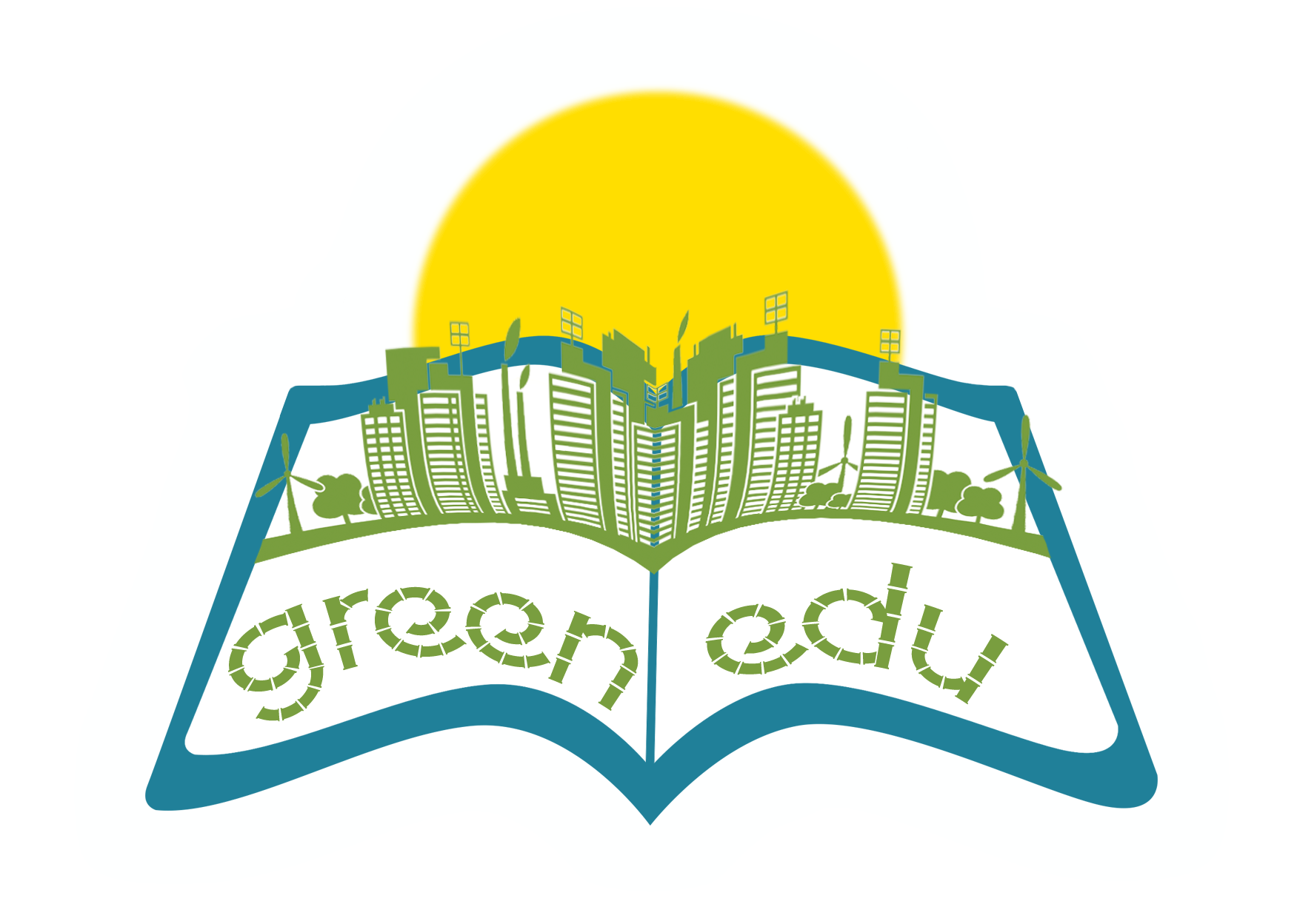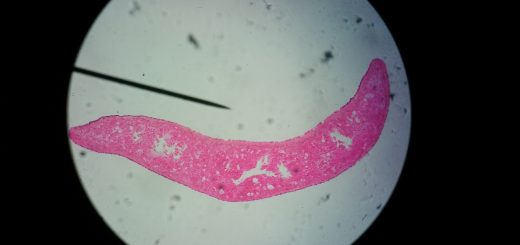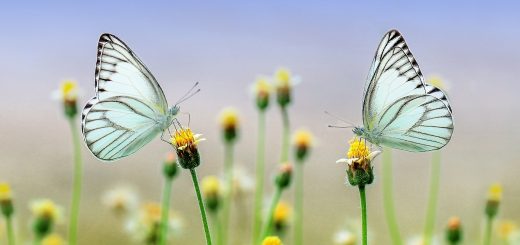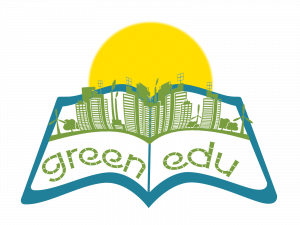Biotechnology and STEM
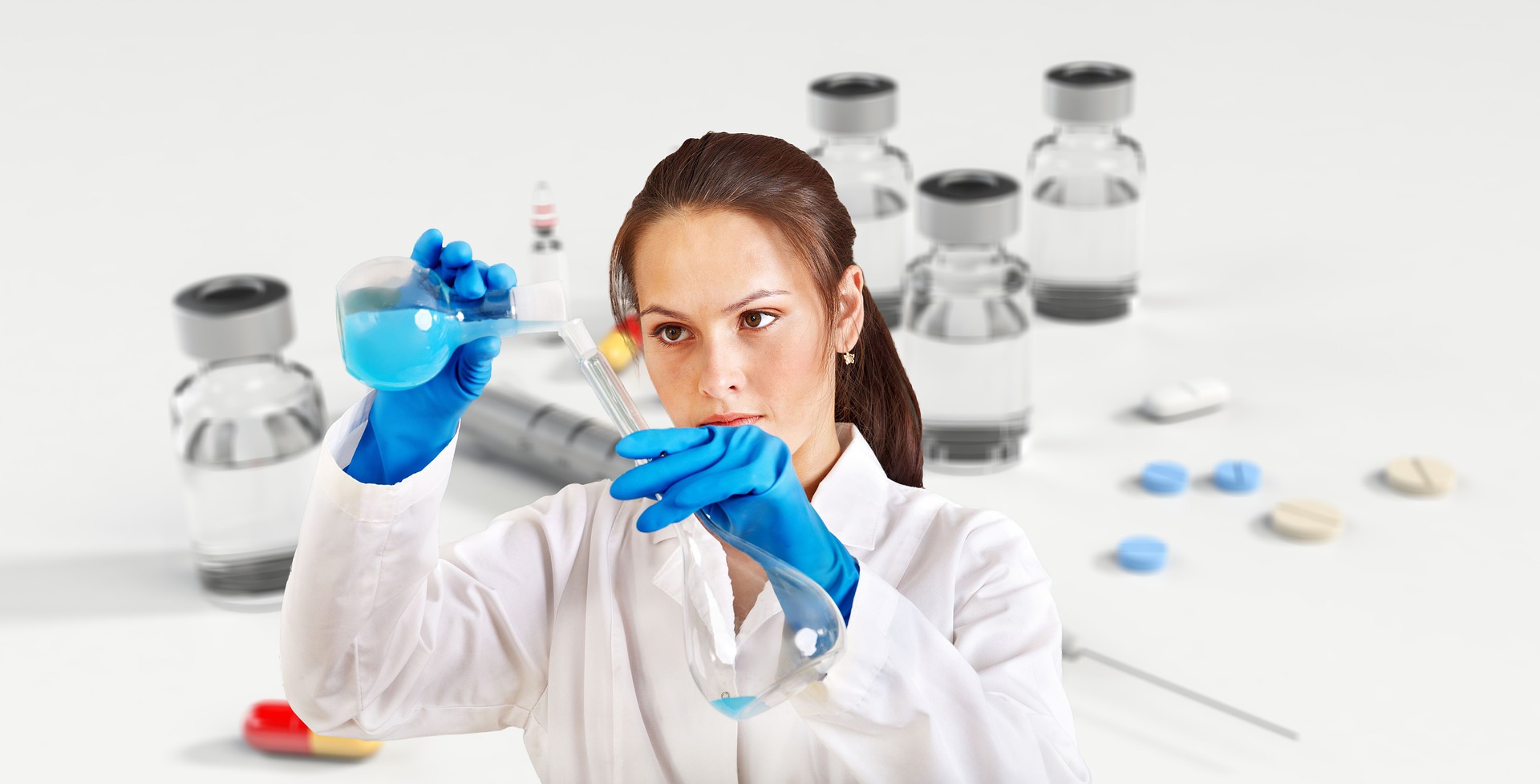
Author(s): Octavian Horia Minda
Summary
| Subject | Biotechnology and STEM |
| Topic | Biosciences |
| Age of students | 12-15 |
| Preparation time | 50’ |
| Teaching time | 50’ |
| Online teaching material (links for online material) | Computer with internet accessProjectorVideoshttps://drive.google.com/drive/u/0/folders/1svyknNPC5EUkw2gIURwiBq2Cy_FdtL-T |
| Offline teaching material | Instructional Aids:Definitions, Key Figures, and Major Historical Developments handout for each studentBiotechnology quiz and quiz keyMaterials Needed:Any cereal product (actual or picture)A picture(s) of domesticated animal(s)Technical Report and Presentation Rubric for each student |
Aim of the lesson
By the end of this lesson :
1) Students will be able to analyze, evaluate, and critique scientific explanations by using empirical evidence, logical reasoning, and experimental and observational testing, including examining all sides of scientific evidence of those scientific explanations, so as to encourage critical thinking by the student
(A) The student is expected to determine interests and aptitudes through conversations with biotechnology professionals
(B) The student is expected to identify career options in the field of biotechnology
(C) The student is expected to identify reliable sources of career information
- (D) The student is expected to research interests, knowledge, educational level, abilities, and skills needed in a biotechnology-related occupation
Instructional objectives
The students will be able to:
- Define and describe biotechnology
- Recall historical and important events involving biotechnology
- Identify occupations in the biotechnology industry
- Describe the importance of biotechnology to improvements in the quality of life
- Evaluate moral and ethical issues involving biotechnology
Apply higher order thinking and analysis skills to defend a controversial position
Activities
Describe here in detail all the activities during the lesson and the time they require. Remember, that your lesson plan needs to revolve around the topic of bioeconomy.
| Name of activity | Procedure | Time |
| Anticipatory Set | SAY: Today we are going to be talking about one of the most important fields of technology that exists. Historically, biotechnology primarily involved the food we eat, but more recently biotechnology involves our health and health care.ASK: Does anyone know how long biotechnology has existed?SAY: 10,000 yearsSHOW: Any cereal product.SAY: This is a product that is the result of biotechnology.ASK: Can anyone tell me how many different elements of biotechnology went into the development of this product?SAY: Crop selection, pesticide and fertilizers, vitamin and mineral enrichment, even genetic engineering through DNA manipulation.SHOW: A picture of any domestic animal (dog, horse, cow, etc).ASK: Historically, how have we performed biotechnology on this animal?SAY: Breeding.ASK: How do we perform biotechnology today?SAY: Cloning, genetic engineering. | 5’min |
| Direct Instruction | I. Start With The Definition of BiotechnologyA. Students should know that some forms of biotechnology have been around for thousands of yearsB. Current biotechnology is heavily dependent upon laboratory experiments and equipmentII. HistoryA. Arguably, no field of science has improved global human health more.B. Current biotechnology research and development rely heavily on recombinant DNA.C. Biotechnology fields and categories overlap to some degree, but involve different types of information.D. More than 325 million people worldwide have been helped by the more than 150 biotechnology drugs and vaccines approved by the U.S. Food and Drug Administration. III. Classification of BiotechnologyA. Fields of study and employment B. Processes involved in research and developmentC. Categories such as diagnostics or therapies, medical or agricultural V. Ethical and Social ConsiderationsA. There are a number of controversial elements to biotechnology.B. There are often no definitive answers to some of the controversy.C. There are a huge number of Internet- based sources that look at both sides of an issue.D. The nature of this field is almost uniquely suited for students to perform individual or team based research.E. Research can lead to a written report or a verbal presentation. | 30’ |
| Independent Practice/Laboratory Experience/Differentiated Activities | Independent practice will primarily involve individual or team-based student research, but can also involve reviewing the handout on definitions, key figures, and major historical breakthroughs | 10’ |
| Lesson Closure | Question: What is the major focus of biotechnology today?Answer: Manipulation of DNA through genetic engineering. Question: What is the difference between diagnostics and therapy?Answer: Diagnostics tests for the presence or absence of a disorder, therapy treats the disorder. Question: What are the two categories of agricultural biotechnology?Answer: Crops and livestock. (These can be further subdivided.) Question: What are two other types of technology that are used to develop and improve biotechnology?Answer: Microelectronic technology and nanotechnology. (There can be other answers.) | 5’ |
| Xmin | ||
| Xmin |
Assessment
Informal Assessment:
- Notes and definitions that are assigned as board work can be graded. As students perform research, give grades for milestones or stages of completion.
Formal Assessment:
- Quiz based on definitions, key figures, and major historical breakthroughs.
